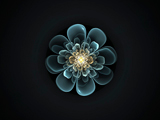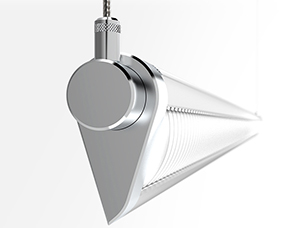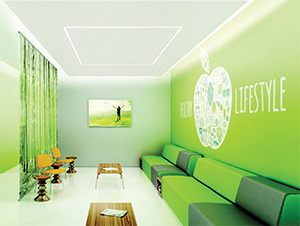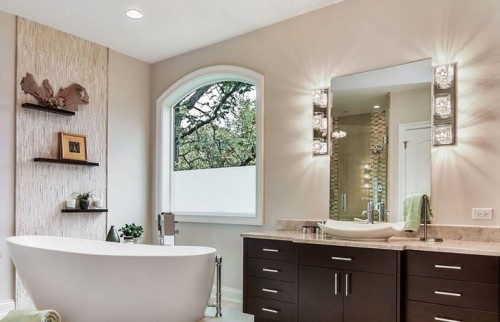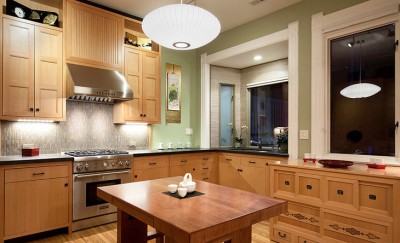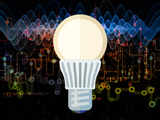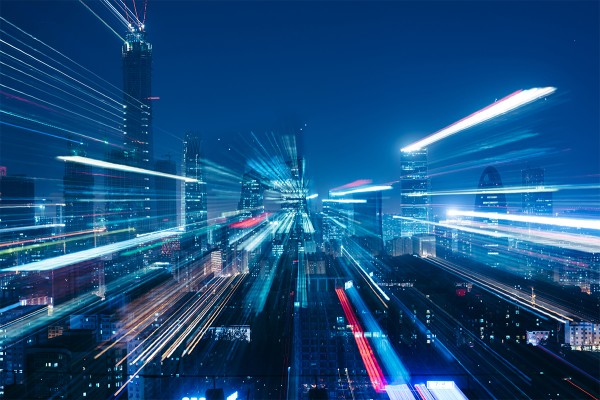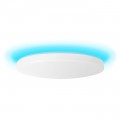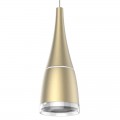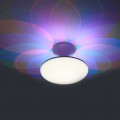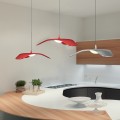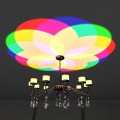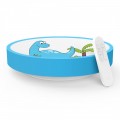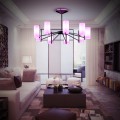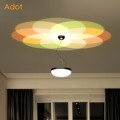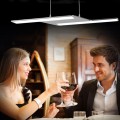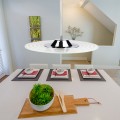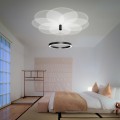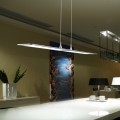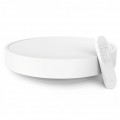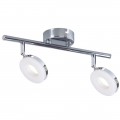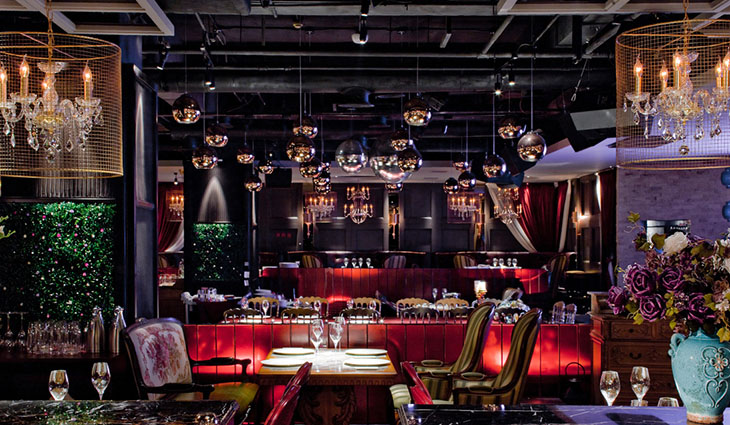
Establishing Atmosphere with Artificial Illumination
Lighting is a critical psychological component that communicates a variety of psychological messages. Color perception originates from a physiological response as well as a programmed reaction that starts with early childhood. In selected scenarios color possesses different implications for feelings, thoughts, and behaviors in different contexts. A multitude of factors comprise an atmosphere, and include such things as lighting, colors, smells, textures and feeling. Color and lighting are closely correlated. Collectively, they communicate a plethora of psychological messages on both obvious and subliminal levels. Depending on the type of dining spaces and the intended clientele, lighting can make a room feel from subdued or relaxing, intimate or expansive, bright or lively, friendly or hostile. Lighting design in dining spaces must help set the appropriate mood. Low-level mood lighting is typical of fine dining restaurants, while bright lighting presents a more relaxed dining experience.
Commercial food service facilities usually come under three categories: intimate, leisure, and quick service. Cafes, cocktail bars, tea lounges, cocktail lounges, nightclubs and some restaurants are intimate space for dining and socializing. Intimate dining spaces typically feature a subdued atmosphere and intimate ambience with low-level illumination accented with subtly lighted feature elements. Leisure dining spaces focus on creating a restful atmosphere with interesting theme decor in an unobtrusive ambience. These spaces are generally dining facilities where eating is the most important activity. Moderate lighting intensity of 30 to 100 lux are typical. Quick food service areas are fast food restaurants such as cafeterias, snack bars, motel restaurant, coffee shops, and dining spaces where economy and efficiency are the typical feature. These dining spaces require high illuminances (250 to 1000 lux) and uniform light distribution.
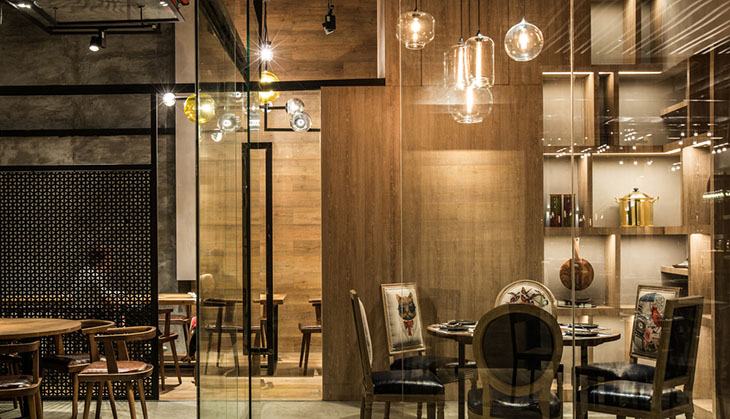
Lighting in Layers
Quality restaurant lighting allows customers to enjoy food comfortably in an interior, feel relaxed in it, and appreciate its aesthetic components. Restaurant lighting is very much like theatrical lighting by integrating and layering light into the entire composition to establish an ambient space for a dramatic production that is highly reliant on setting and atmosphere to carry it off. A skillful application of layered lighting gives restaurant owner the flexibility of selecting and adjusting the lighting for each specific dining activity. Four types of lighting are commonly used to create layered lighting effects for dining areas: ambient (or general) lighting, accent (or focal) lighting, decorative lighting, and task lighting. Together, they create a lighting atmosphere by combining different lighting parameters such as intensity and colors are controlled for composing a certain scene.
Ambient Lighting Fixtures
Ambient lighting provides overall illumination to permit comfortable movement and functioning in the dining space. Ambient lighting also establishes the overall atmosphere or character of a restaurant interior. A wide selection of energy efficient LED luminaires and architectural lighting systems are available on the market to provide the lighting required for restaurant ambient illumination. A combination of direct and indirect lighting is in most cases the best choice for the dining environment. Direct lighting has a better optical efficiency than indirect lighting because the light is directly emitted by light sources whereas indirect lighting relies on the tactic of bouncing light off of ceiling surfaces. Well-shielded downlighting (e.g., recessed LED downlights with precise flood or spot beams, industrial style LED pendant lights) can create a pleasing sparkle on reflective objects such as dinnerware and provide needed light intensity for highlighting the tabletop and reading menus. Direct lighting, however, should be applied in a controlled manner otherwise it is more prone to produce glare and harsh shadows.
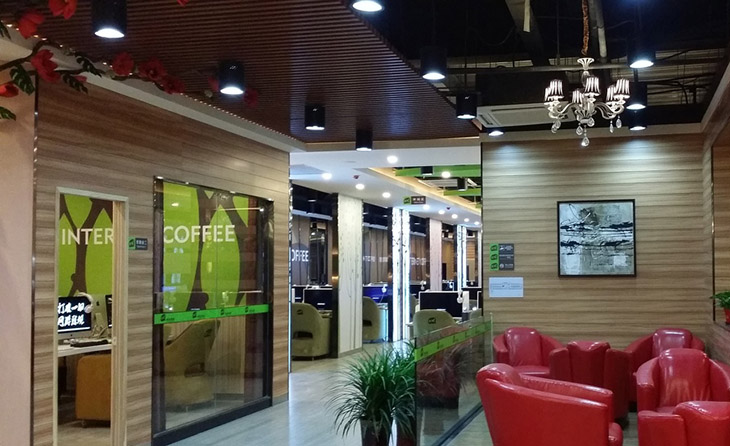
Ambient light may be integrated into the architecture with indirect lighting to distribute diffused light by directing the light first to wall and ceiling surfaces. The flattering effects of indirect lighting gives the dining space a quiet ambiance by delivering a uniform distribution of light with reduced shadowing and glare. Open fixtures such as decorative and lantern-style pendants, chandeliers and wall lights usually uses some sort of visible bulbs as light sources, notably LED filament bulbs which combine classic style with energy efficient LED technology, to create beautiful sparkling light that can enhance the look and feel of a dining space. Architectural cove lighting, which is one of the most widely used indirect lighting techniques, providing a complementary glow that helps overcome the negative aspects of direct downlighting by using linear LED modules or flexible LED light strips in an upwardly open channel structure built along a sidewall of a recess in the ceiling. These concealed light sources provide the ambient light level for leisurely dining, filling the nooks and crannies with soft, diffuse illumination. Some indirect lighting fixtures can also help achieve different light levels and, as is often the case with wall sconces, evokes a cozy residential elegance by casting soft patterns of light on the walls that integrate with the interior design.
In any scenario, direct and indirect lighting must work collectively to generate a lighting mix that complements the overall theme of a restaurant.
Accent Lighting Fixtures
Accent lighting, such as provided by LED wall sconces, LED wall washers, LED track lights or directional spotlights, draws the eye to decorative elements such as artwork and features that assist with strengthening guest's subjective impressions of themes that many high-end restaurants intend to foster. Accent lighting fixtures add another layer of mood to emphasize or highlight a visual identity (VI) design, illuminate a surface to eliminate shadows, create visual interest of a selected field of view, or serve as a safety illumination by making hidden structures visible to prevent collisions in a darkened space, etc. Exemplar application of accent lighting includes back bar lighting and uplighting on walls or columns.
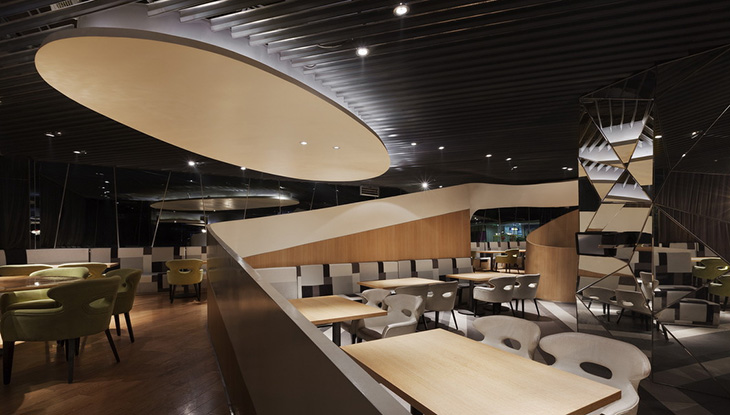
Task Lighting Fixtures
Task lighting provides sufficient light levels for diners and the service staff to perform visual tasks. A good restaurant illumination is made up of the appropriate balance of ambient and task lighting. Task lighting is often a part of the ambient illumination layer and typically provided by direct point-to point illumination from a ceiling-mounted fixture. Task lighting can also be a localized lighting layer and uses portable equipment such as a table lamp, rechargeable flameless candles or other decorative battery-powered lamps. The light intensity of task lighting is generally three times the level of ambient lighting. The task lighting at the lavatory and vanity in the restrooms is often produced by wall sconces or light bars flanking the mirrors.
Decorative Lighting Fixtures
Decorative lighting serves to reinforce the theme and style of a dining establishment. These ornamental lights are intended to supplement the lighting specified for ambient, task, and accent purposes. Decorative luminaires create an atmosphere of fun, excitement, or attractiveness. Decorative effects in a dining area personalize a bar or restaurant and arrest people's gaze and catch their halo of light through the window. Decorative lighting fixtures can be a lamp that is designed to be an ornamental element of the restaurant, or it can be an integrated architectural lighting solution. Chandeliers, pendants, wall sconces, candles, Tiffany lamps, lanterns, and holiday lights provide a focus and evoke an appealing aesthetic.
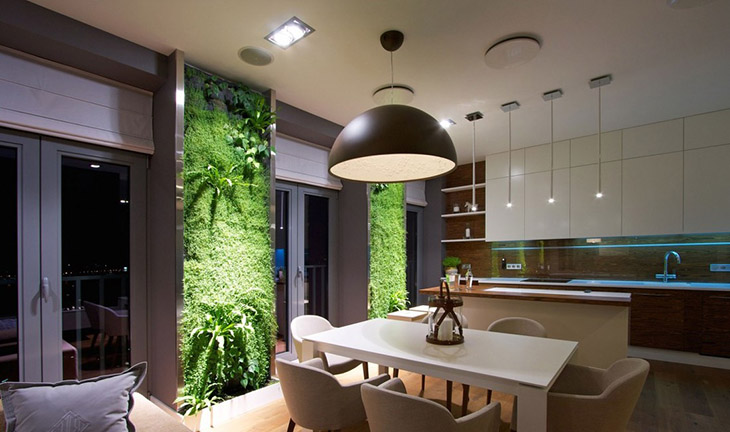
Lighting Control
Lighting control is very important in restaurant lighting and is programmed to save energy as well as create different moods for different occasions. The Digital Addressable Lighting Interface (DALI) standard, for example, allows lighting schemes to be programmed for different activities by allocating addresses to various combinations of lighting scenes. Lighting control systems allow flexible lighting levels to be built into the settings for optimal psychological effectiveness. Many high-end restaurants incorporate an automated dimming control system which can be programmed to react to external light conditions, enabling the lighting system to meet different illumination requirements.












